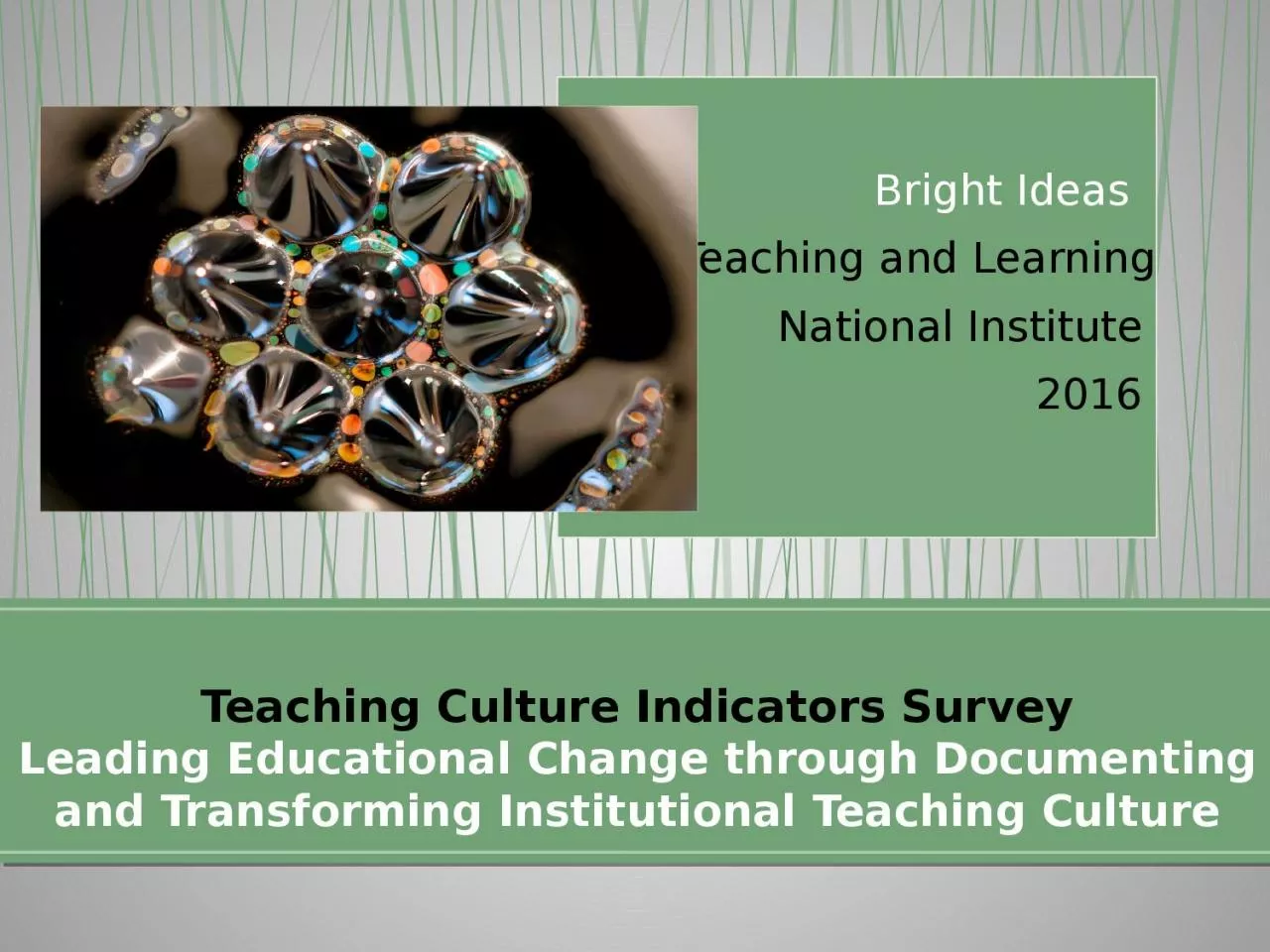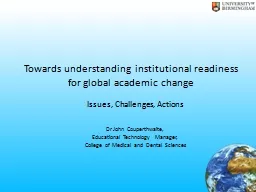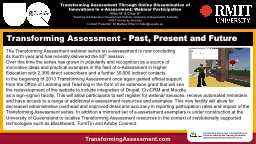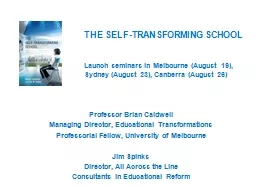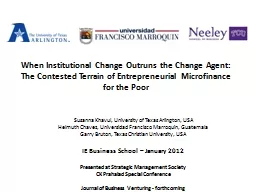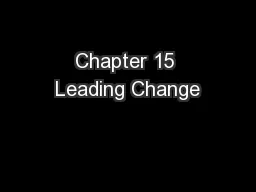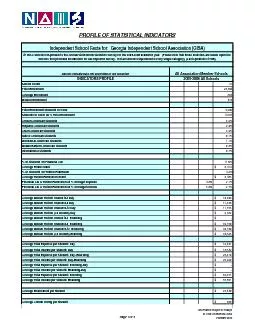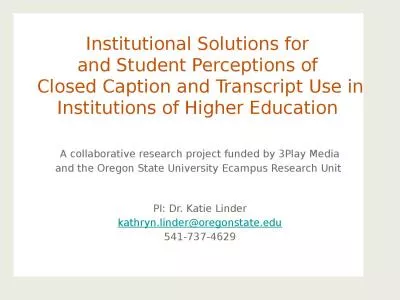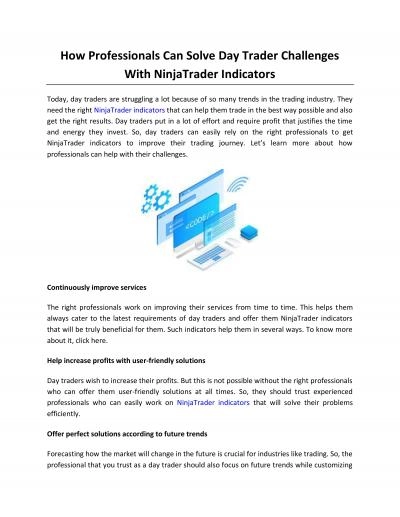PPT-Teaching Culture Indicators Survey Leading Educational Change through Documenting and
Author : bikerssurebig | Published Date : 2020-08-28
2016 Teaching Culture Indicators Survey Leading Educational Change through Documenting and Transforming Institutional Teaching Culture Session Overview Background
Presentation Embed Code
Download Presentation
Download Presentation The PPT/PDF document "Teaching Culture Indicators Survey Leadi..." is the property of its rightful owner. Permission is granted to download and print the materials on this website for personal, non-commercial use only, and to display it on your personal computer provided you do not modify the materials and that you retain all copyright notices contained in the materials. By downloading content from our website, you accept the terms of this agreement.
Teaching Culture Indicators Survey Leading Educational Change through Documenting and: Transcript
Download Rules Of Document
"Teaching Culture Indicators Survey Leading Educational Change through Documenting and"The content belongs to its owner. You may download and print it for personal use, without modification, and keep all copyright notices. By downloading, you agree to these terms.
Related Documents

